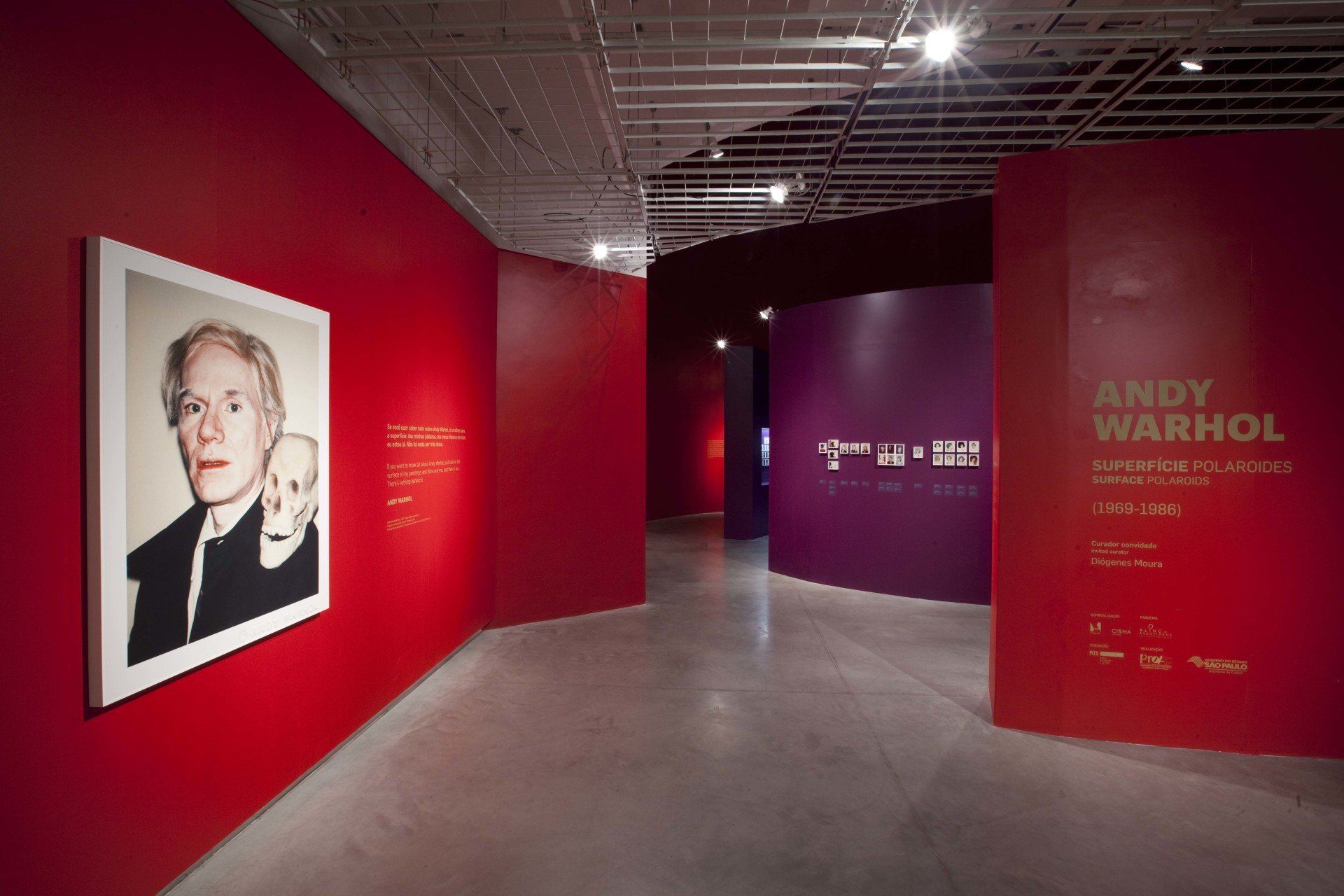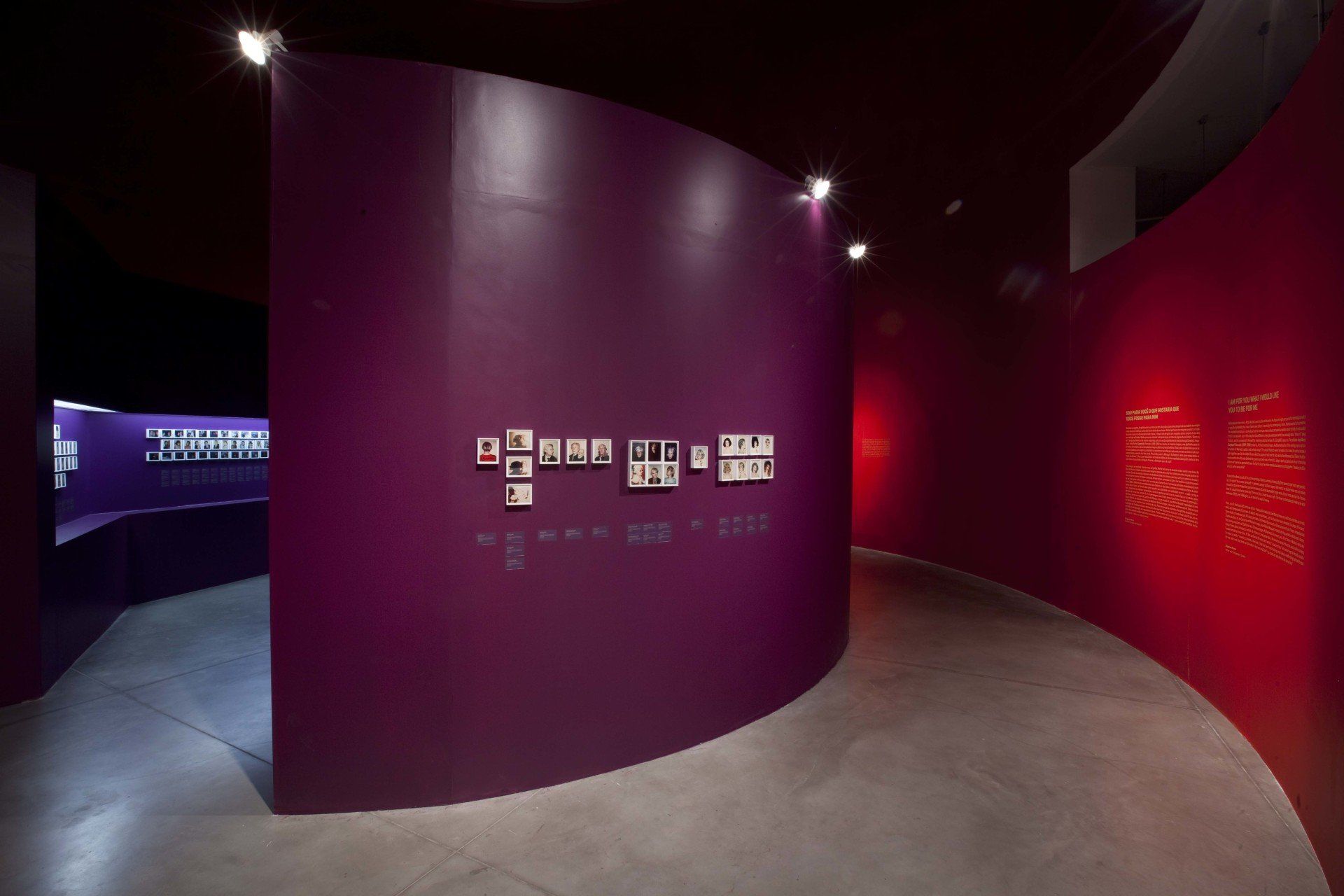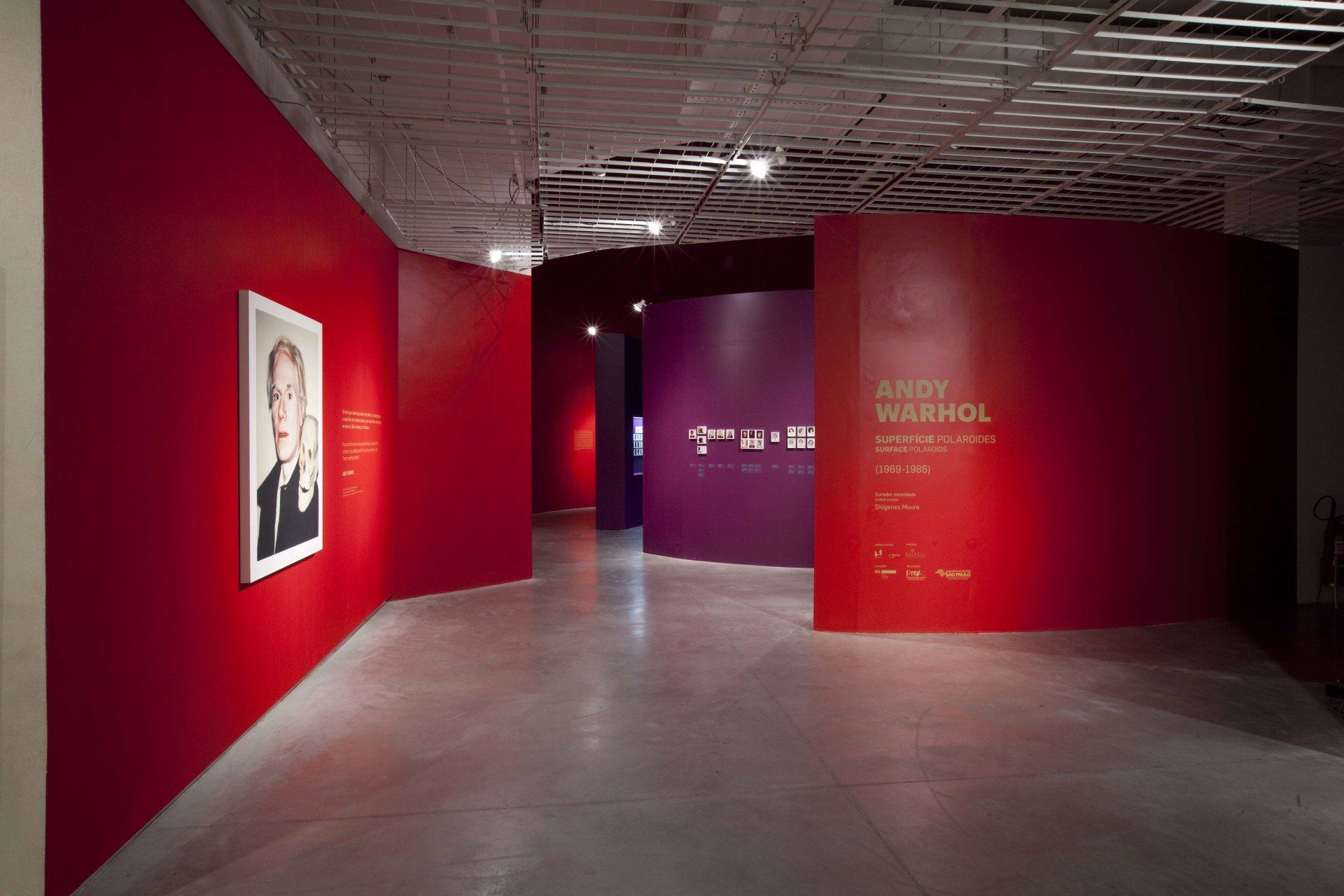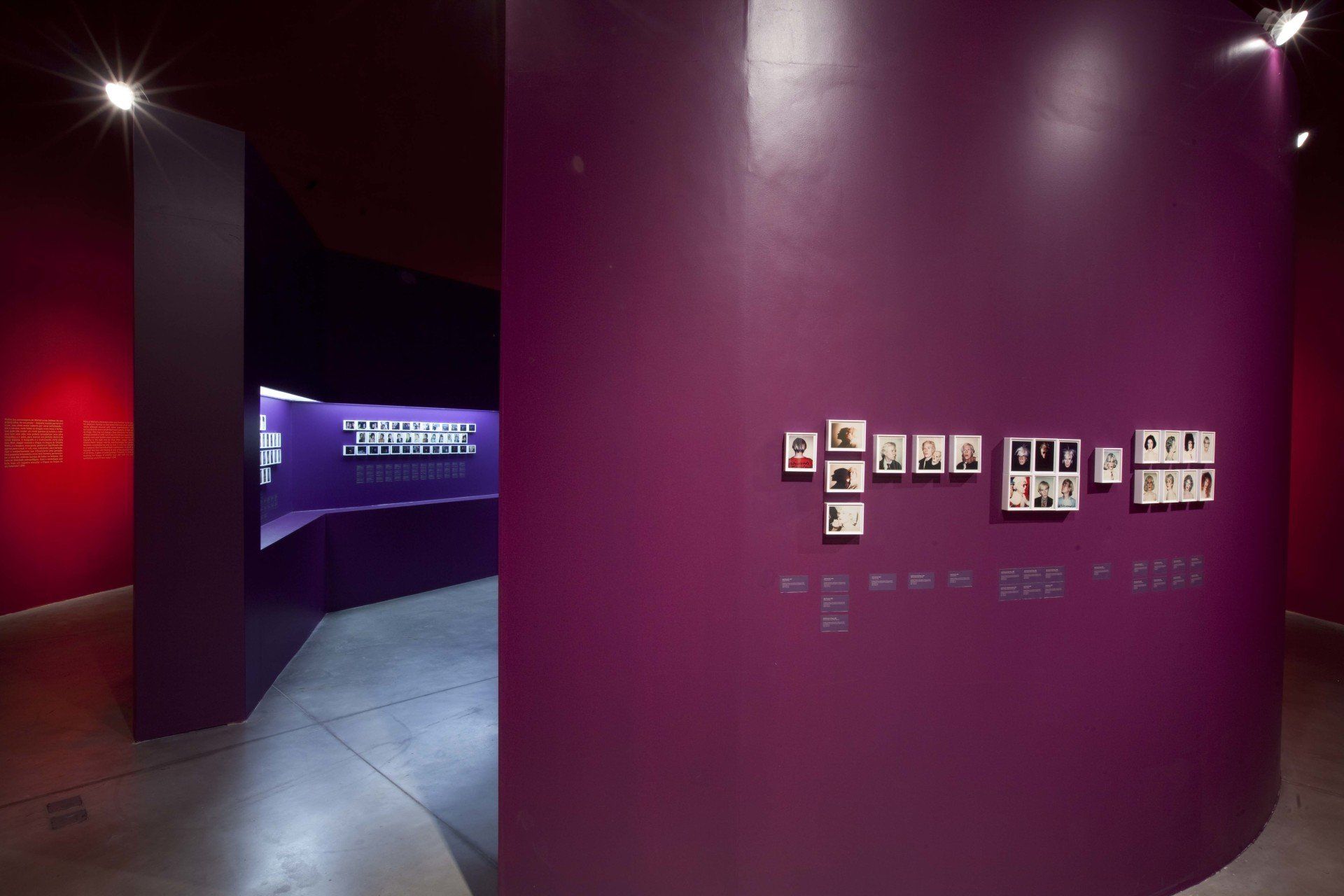ANDY WARHOLI AM FOR YOU WHAT I WOULD LIKE YOU TO BE FOR ME
Reflected on the mirror, Andy Warhol sees his life and his work. His days and nights are part of his technological work in a way that has never been seen before in works by his contemporary artists. Warhol wanted to be a machine. He wanted to produce a work about and to American mass culture, and asked a question about his body of work to which there is no answer. Up to this day the United States is trying to understand what it was actually about. “Who am I?” asked Warhol, and he answered it himself by creating a colorful version of a Campbell’s soup can. The exhibition Andy Warhol Surface Polaroids (1969-1986) shows us, in three hundred images, a substantial portion of the working process and construction of Warhol’s public and private image. The whole Polaroid series he made at his studio, the photos he took in get-togethers and in the night life are what the paparazzi still look for. But, what is the difference, then? Before, the difference used to be who was behind the camera and who was in front of it. Today it is who is behind and who is in front of the billions of cameras spread all over the Earth, since the entire mankind has become a photographer. Therefore, the difference is: who sees what?
To reach the final result of his screen printings, Warhol used only a Polaroid Big Shot camera to take nearly sixty portraits, out of which four were pressed to generate acetate positive images. Afterwards, he decided which cuts and retouch should be done to make that person become as attractive as possible: longer necks, thinner noses, plumper lips. This was how he would like to be seen by others and, thus, create his own myth. The three hundred polaroids made by the artist between 1969 and 1986 give us an idea of his ways of seeing.
Here, you’ll find portraits of true artists, of disposable celebrities (and Warhol knew very well that celebrities can be sold, paid, and probably disposed of); traces of objects and compositions, such as the shoes, that marked the first phase of his career; open shots of nude torsos; ID-sized portraits of prominent figures such as Grace Jones and Lana Turner; composition and shade studies, as in Caroline of Monaco’s image; Jean-Michel Basquiat’s naked body about. fragmented in details and in silence; the young muscles of Stallone and Schwarzenegger; Muhammad Ali’s sweet gaze. All of in them in Warhol’s world, who keeps them alive in today’s world. All of them in small polaroids. In the timeless surface the artist used to affirm as being fundamental to know him. In the surface of the words and work of “a cultural hero” who, when kept to himself, was able to come up with: “I want to invent a new kind of fast food, and I was thinking, what about a waffle thing that had the food on one side and the drink on the other—like ham and Coke? You could. eat and drink at the same time.”
Diógenes Moura Writer and Curator of Photography









